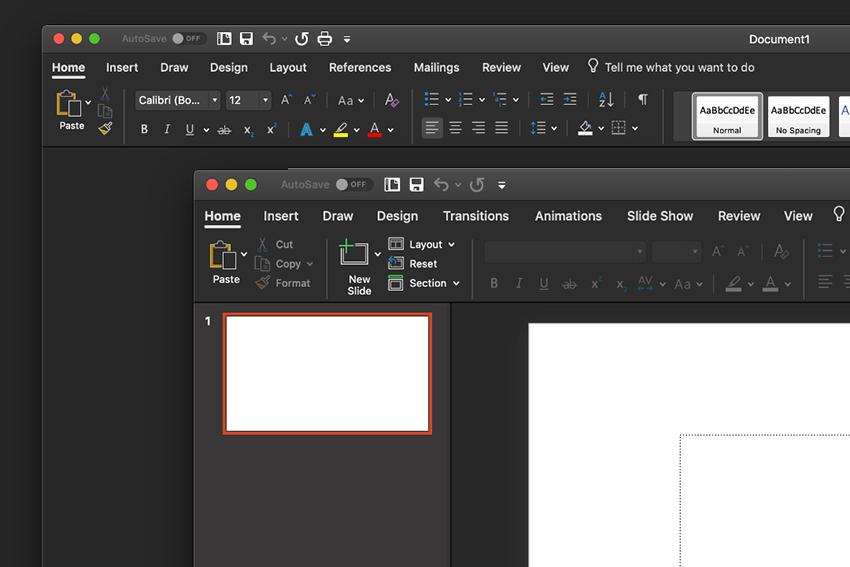

- #INSIGHT OFFICE FOR MAC 365 HOW TO#
- #INSIGHT OFFICE FOR MAC 365 UPDATE#
- #INSIGHT OFFICE FOR MAC 365 PASSWORD#
CAE requires a client update to understand claim challenge.

To inform clients to bypass their cache even though the cached tokens haven't expired, we introduce a mechanism called claim challenge to indicate that the token was rejected and a new access token need to be issued by Azure AD. With CAE, we introduce a new case where a resource provider can reject a token when it isn't expired. Client Capabilities Client-side claim challengeīefore continuous access evaluation, clients would replay the access token from its cache as long as it hadn't expired. * Token lifetimes for Office web apps are reduced to 1 hour when a Conditional Access policy is set. Additionally, references to "Office" encompass Word, Excel, and PowerPoint. PowerPoint launched in web browser) while the remaining four columns refer to native applications running on each platform described. The first column of this table refers to web applications launched via web browser (i.e. Not all client app and resource provider combinations are supported. This process enables the scenario where users lose access to organizational SharePoint Online files, email, calendar, or tasks, and Teams from Microsoft 365 client apps within minutes after a critical event.
#INSIGHT OFFICE FOR MAC 365 PASSWORD#

Token export to a machine outside of a trusted network can be prevented with Conditional Access location policies.Network location change: Conditional Access location policies will be enforced in near real time.User termination or password change/reset: User session revocation will be enforced in near real time.
#INSIGHT OFFICE FOR MAC 365 HOW TO#
To prepare your applications to use CAE, see How to use Continuous Access Evaluation enabled APIs in your applications.Ĭontinuous access evaluation isn't currently available in Azure Government GCC High tenants. The initial implementation of continuous access evaluation focuses on Exchange, Teams, and SharePoint Online. The goal for critical event evaluation is for response to be near real time, but latency of up to 15 minutes may be observed because of event propagation time however, IP locations policy enforcement is instant. The mechanism for this conversation is continuous access evaluation (CAE). It also gives the token issuer a way to tell the relying party to stop respecting tokens for a given user because of account compromise, disablement, or other concerns. The relying party can see when properties change, like network location, and tell the token issuer. This two-way conversation gives us two important capabilities. Timely response to policy violations or security issues really requires a "conversation" between the token issuer (Azure AD), and the relying party (enlightened app). Azure AD has experimented with the "blunt object" approach of reduced token lifetimes but found they can degrade user experiences and reliability without eliminating risks. For example: we might choose not to refresh the token because of a Conditional Access policy, or because the user has been disabled in the directory.Ĭustomers have expressed concerns about the lag between when conditions change for a user, and when policy changes are enforced. That refresh period provides an opportunity to reevaluate policies for user access. By default, access tokens are valid for one hour, when they expire the client is redirected to Azure AD to refresh them. When a client application like Outlook connects to a service like Exchange Online, the API requests are authorized using OAuth 2.0 access tokens. Token expiration and refresh are a standard mechanism in the industry.


 0 kommentar(er)
0 kommentar(er)
